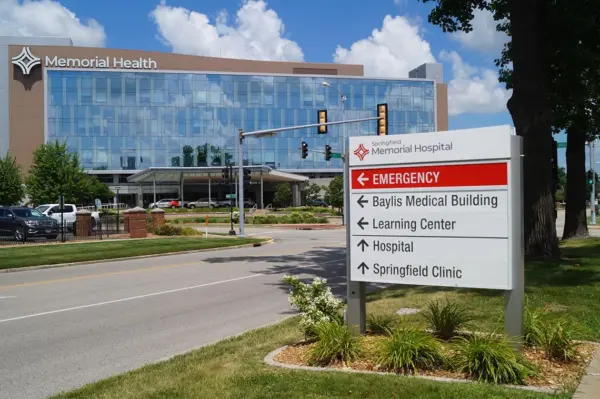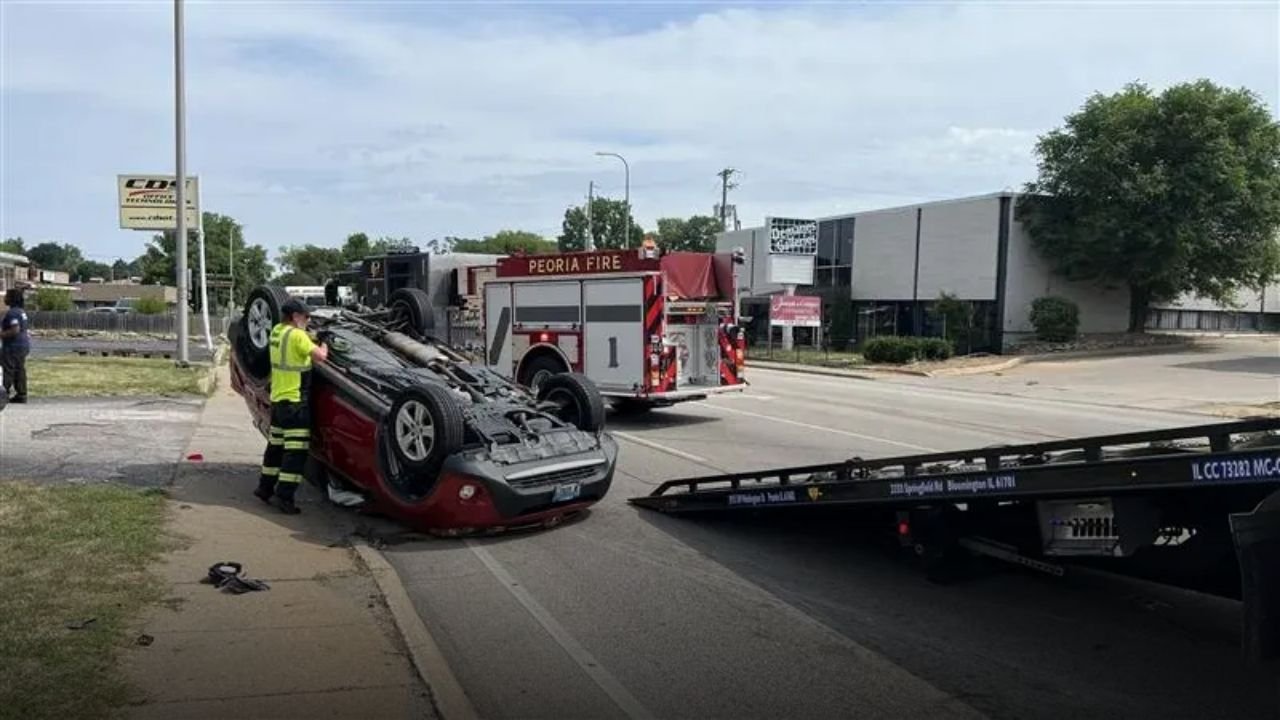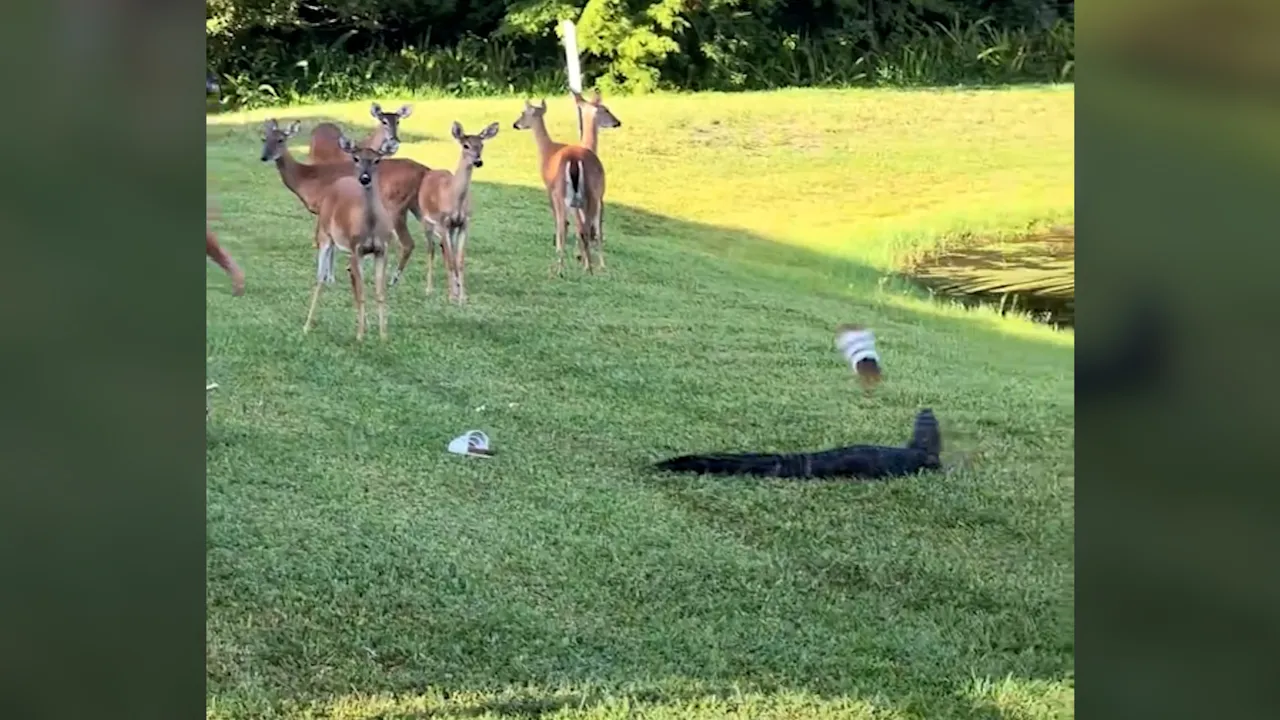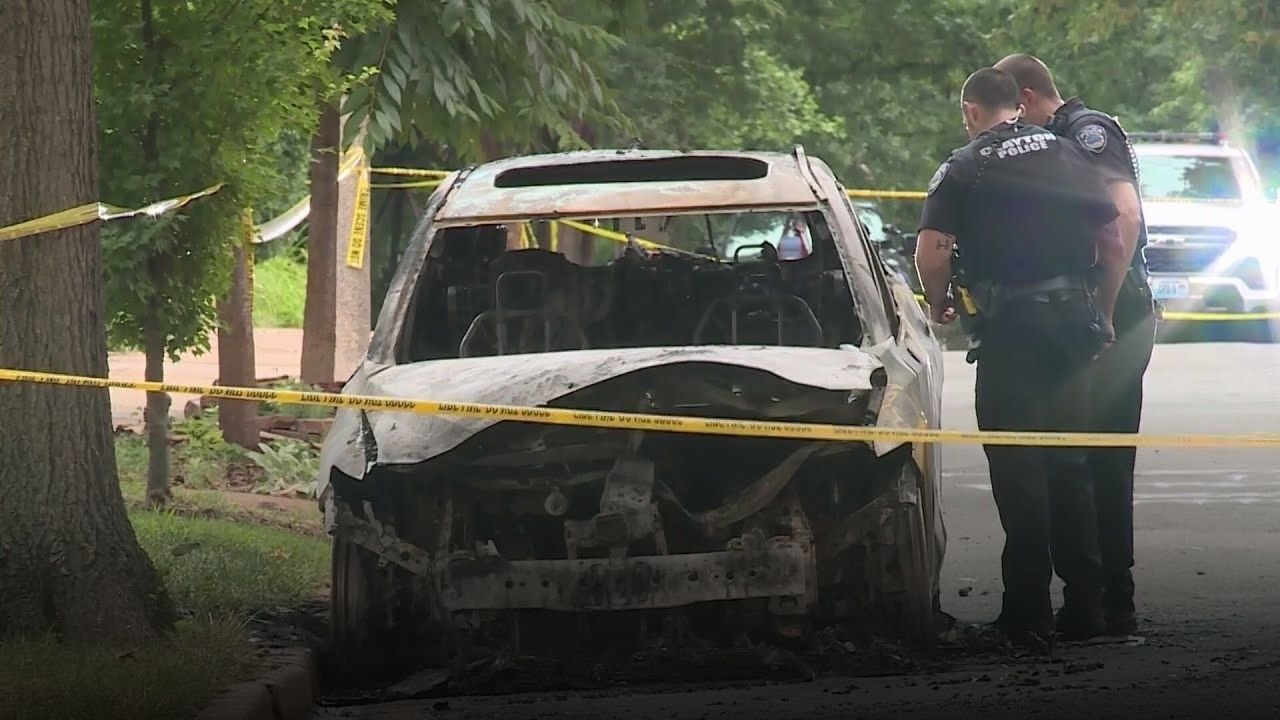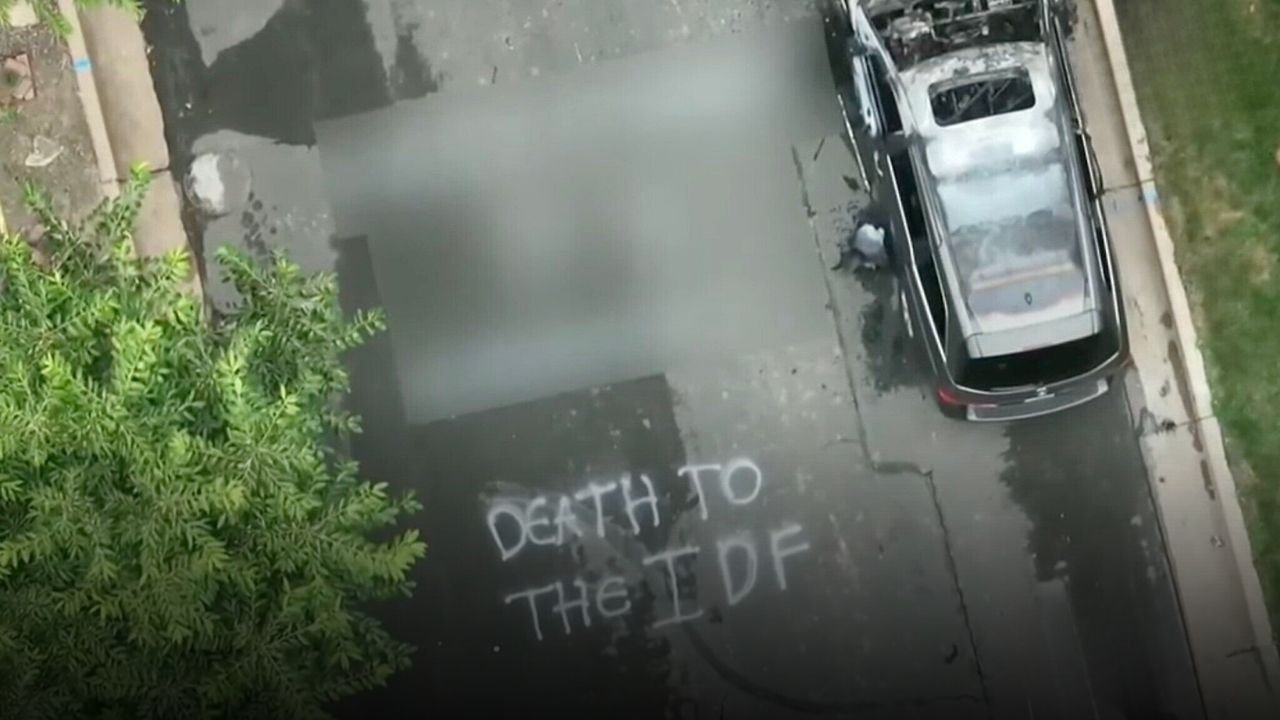UTAH — A determined woman from Lindon, Utah is helping to transform pedestrian safety for blind and visually impaired residents across the state. Linda Disney, who has been blind since birth, is now being recognized for her advocacy that prompted the Utah Department of Transportation (UDOT) to install advanced accessible crosswalk signals throughout Utah communities.
Disney, who lost her vision due to retinopathy of prematurity (ROP), completed a demanding rehabilitation program through the Division of Services for the Blind and Visually Impaired. Despite the challenge, she’s taken a hands-on role in pushing for safer crosswalks — especially for those who navigate streets with limited or no vision.
“It was the hardest thing that I’ve ever done,” Disney said of her training journey, according to UDOT.
High-Tech Crosswalks to Improve Safety
As a result of her efforts, UDOT has expanded the use of Accessible Pedestrian Signals (APS) — technology that gives real-time audio cues to let pedestrians know when it is safe to cross. These devices can be activated by:
- A physical button
- Gestures such as waving or nodding
- Or a mobile app, known as the Ped App, which also offers vibration-based alerts for users who are hearing-impaired
Disney’s advocacy work even inspired Degen Lewis, a UDOT Region Three Traffic Signal Engineer, to cross a street blindfolded to better understand the risks pedestrians face without visual cues.
“Linda’s a force of nature,” Lewis told UDOT. “She brings real-life urgency to what we do as engineers.”
Focus on Real-World Driver Awareness
Beyond technology, Disney has been a vocal advocate for driver responsibility — especially at intersections where inattentive motorists can put lives at risk. She recalled times when drivers hit her white cane, breaking it, and failed to acknowledge their mistake.
“My message for drivers would be that when you’re coming across a crosswalk, assume there’s somebody in it,” she said.
“Even if the light says to turn, pay attention. You could save a life.”
Where the Signals Are Going Next
UDOT has prioritized installing APS systems along routes Disney commonly uses, but the broader rollout now includes locations statewide. These improvements represent a system-wide shift in how accessibility and pedestrian infrastructure are being approached in Utah.
Disney’s story underscores how individual advocacy can create statewide change, especially when combined with engineering solutions that benefit entire communities — including seniors, children, and people with disabilities.
Have you seen smart crosswalks in your area? Let us know how accessible pedestrian infrastructure has impacted your community at ChicagoSuburbanFamily.com.



